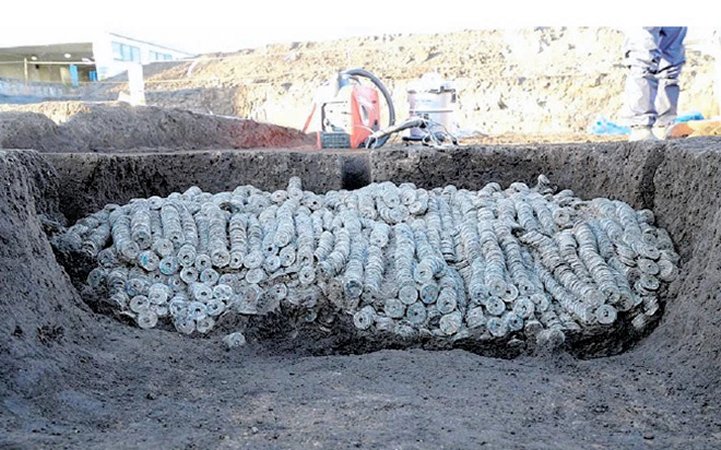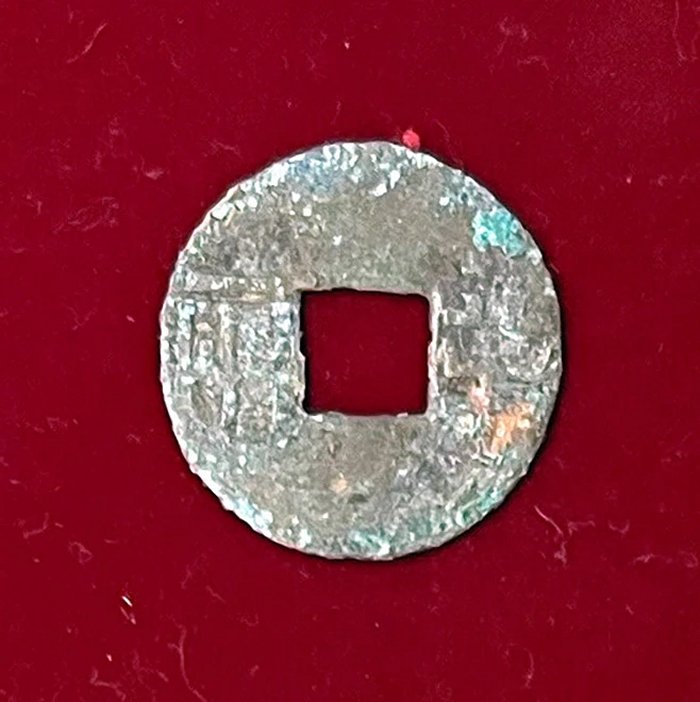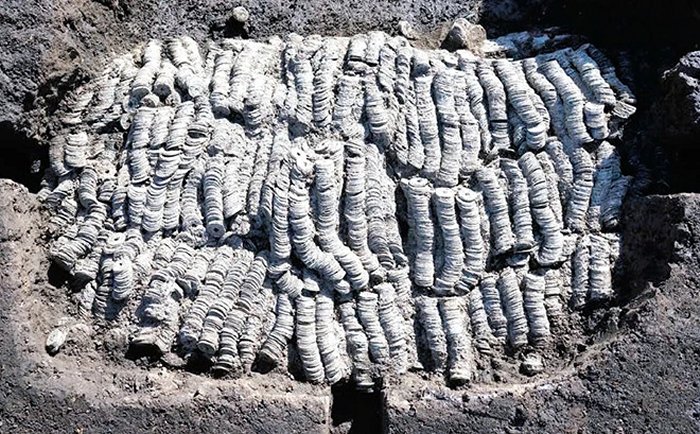Jan Bartek – AncientPages.com – A mᴀssive trove of ancient coins has been uncovered during archaeological excavations in a village in the Sojamachi district, Japan. Archaeologists report as many as 100,000 coins, estimated to be more than 2,000 years old, were tied together in bundles.

Credit: Maebashi city government
The find was made at a site where a company plans to construct a factory. When archaeologists started digging, they found 1,060 bundles, each containing 100 coins. To scientists, the archaeological excavation was more or less a routine task, and no one expected a magnificent find like this one. Finding such a large amount of coins was a huge and pleasant surprise.
According to Maebashi municipal government officials, the bundles were found in an area measuring 60 centimeters by 1 meter.
Some ancient coins are from China; the oldest is a Ban Liang coin from 175 B.C. These were the first coins minted in a unified China by the first Emperor, Qin Shi Huang.
So far, only a few coins have been analyzed, ranging from those made in 175 B.C. to as recently as 1265.

A Ban Liang coin dating from 175 B.C. Credit: Eiichi Tsunozu
“The confirmed Ban Liang coin had a diameter of 2.3 centimeters and was 1 millimeter thick. The square hole in the middle measured 7 millimeters on each side.
The characters for “Ban” and “Liang” were engraved on the surface.
Because the newest coin dates to 1265, the trove is believed to have been buried during the Kamakura Period (1185-1333). But the date of burial could change after more coins are analyzed. According to archaeologists, the large number of coins offers evidence of extensive trade between China and Japan during 600 – 1500 A.D.

Credit: Maebashi city government
The site where the coins were dug up has a large number of relics, leading experts to surmise it was a central part of Kozuke province, the predecessor to Gunma Prefecture, from around the time of the Kofun (burial mounds) Period between the late third century to the late seventh century,” the Asahi Shimbun reports.
See also: More Archaeology News
It is possible the ancient treasure was deliberately hidden due to fear of a coming turbulence. The Samurai class had the power but had to defend the country against mᴀssive invasion forces from the mainland to the west. In the nearby area, archaeologists have also found traces of homes that belonged to rich Medieval people.
Written by Jan Bartek – AncientPages.com Staff Writer





